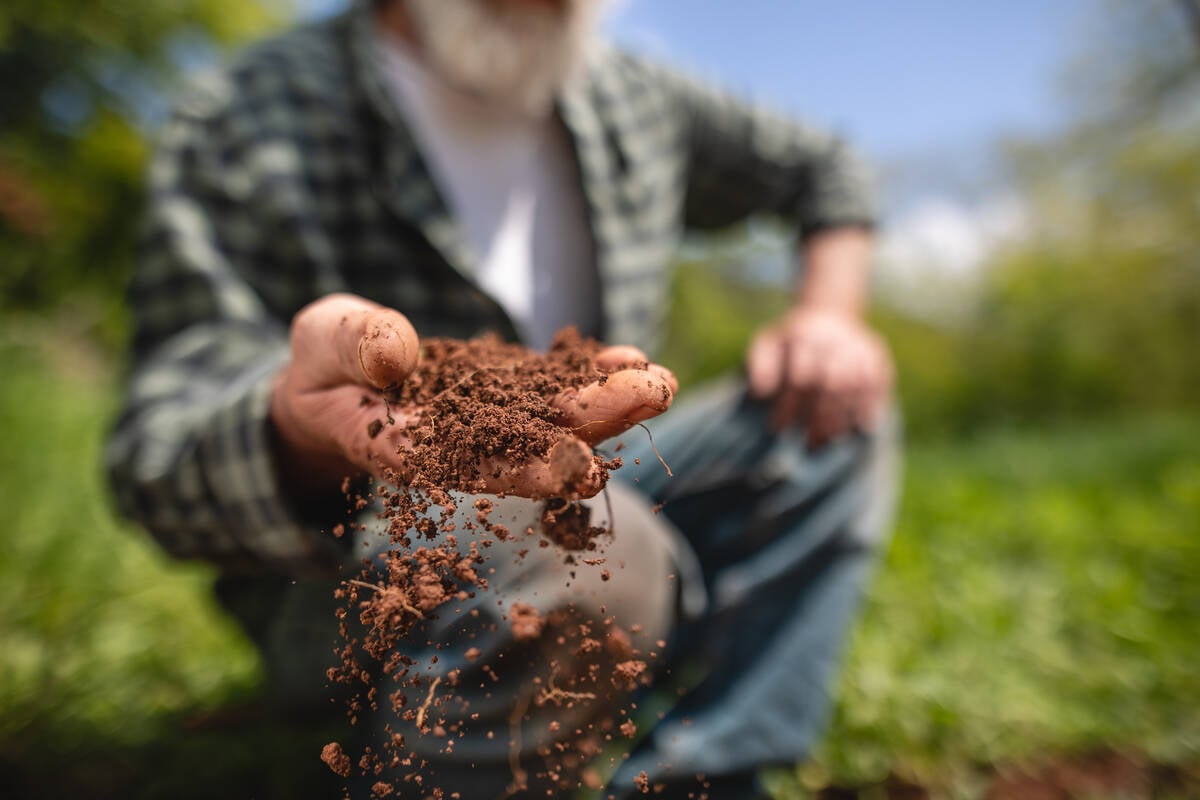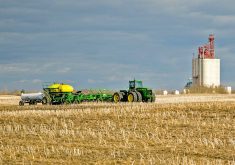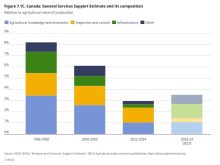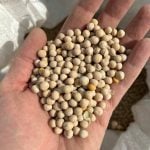Most of Manitoba’s soils are considered to be neutral, with pH around 7.0 and being neither acid nor alkaline. If anything there’s a tendency towards the alkaline.
That’s why North Dakota State University cropping systems specialist Ryan Buetow’s warning at the recent Manitoba Agronomists’ Conference was unexpected. He says there are pockets of acidity showing up in high pH soils traditionally noted for their calcium carbonate content.
“This issue caught a lot of people in North Dakota off guard,” he said. “Typically we haven’t had to worry about acidity because we’re dealing with pHs of seven or eight. What we’re seeing is below 5.6 and I’ve seen pH as low as 3.9 in North Dakota.”
Read Also

Finally getting paid for sustainable farming?
Alberta project says they might have a line on a workable ecosystem credit model to reward farmers for sustainability, and Manitoba might be next
What could be causing this? Buetow said the culprit is nitrogen fertilizer, a compound made from fixed nitrogen bolted to hydrogen. When the fertilizer changes form in the soil, some of that hydrogen gets away in a positively charged form. Positively charged hydrogen ions are at the very heart of what makes an acid.
“Different nitrogen fertilizers are going to acidify at different rates,” Beutow said. “Different nitrogen sources are going to have different levels of acidification and ammonium sulphate is one of the bigger ones. You need up to 5.4 pounds of lime to neutralize a pound of nitrogen in that form.”
[RELATED] Grainews: Five questions to ask your soil sampler
One unsettling link is that research indicates it’s also a phenomenon of reduced tillage systems, especially where you’re applying nitrogen in a very consistent spot year after year. Every year a little bit of has been put down and the buffering burns out over time. Most farmers wouldn’t think to lime the soil because it’s historically had a high pH.
“All of a sudden we have this band of acidity two or three inches down in the soil and it can really add up over time,” Beutow said. “And it can be hard to pick that up in a composite soil test if you’re doing a zero to six inch or deeper. So when we’re doing this stuff for pH, we’re trying to test at least a zero to three inch zone.”
Soil acidification can be cause for concern for number of reasons. Some important crop species don’t care for acidic soils. Safflower is really hurt by low pH soils and durum wheat is also very sensitive to it. On top of that, soil pH is a master switch for a lot of different chemical functions in the soil.
“There’s aluminum in our soil but the plant can’t access it,” Buetow said. “Once the pH drops below 5.5, aluminum becomes more soluble so, all of a sudden, you have this acidification happening. The aluminum becomes available and it ties up that phosphorus.”
Not only is the plant unable to absorb as much of the needed phosphorus, the soluble aluminum finds its way into the root tips and causes stunting in the tissues there. As the soil becomes more acidic the root system becomes more stunted and you may see yield loss. In some severe situations you can get complete stand loss.
“Legumes get hit twice as hard because that aluminum becomes available and, not only do you get aluminum toxicity, but also you’re starting to see issues with your nitrogen fixation,” Buetow said. “Bacteria do not like acidity so if you’re growing pulses or any legumes we don’t have proper nitrogen fixation if the bacteria aren’t active.”
Another problem with acidic soils is how they can affect herbicides. Some of them, such as the Group 2 IMIs may persist longer in a more acid soil so you may see greater carry over issues there.
“You definitely need to be thinking about your herbicides even if it’s just a small spot, an acre here or something like that,” Beutow said. “That can make a difference when it comes to things like herbicide resistance if what you thought was a high rate was actually a low rate. You can kind of breed for resistance in some of these situations.”
One way to deal with soil acidity in the short term is to grow some of the more acid tolerant crops. Oats, for example, do fairly well in low pH soils and seem to handle aluminum toxicity better than some other crops. For wheat, some varieties will do better than others. Winter wheats are typically better prepped for this type of issue and that has more to do with where a lot of those are bred.
“Variety is great way to deal with this in the short term but we’re not fixing the issue and that’s the biggest thing to keep in mind,” Beutow said. “The answer to it is pretty simple, you’ve just got to lime. Now, there’s a lot of areas that haven’t had to lime historically. The infrastructure isn’t there and it’s is costly and when farmers never had to apply lime and their fathers never to apply lime and their grandfathers never had to apply lime they don’t want to apply lime.”















